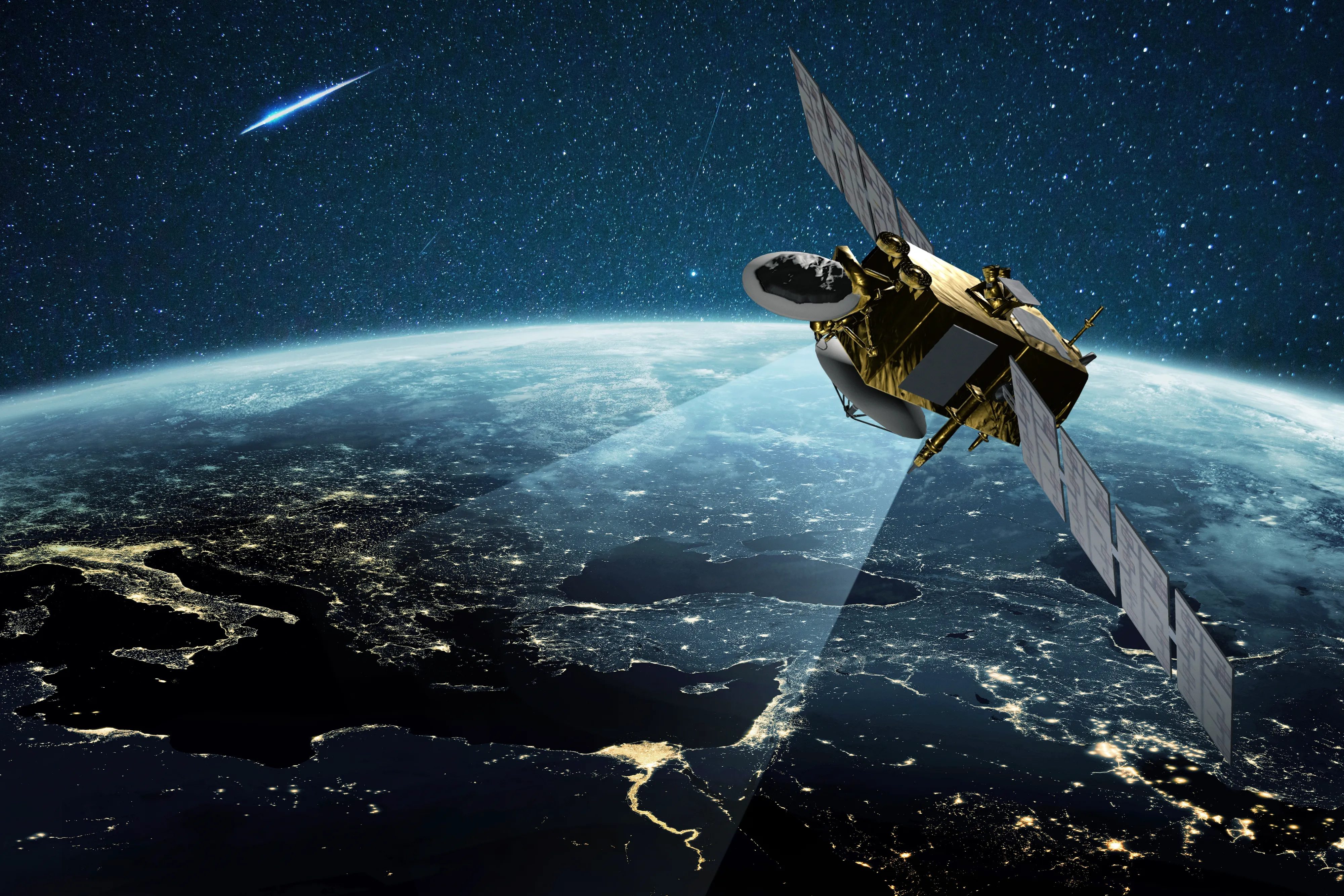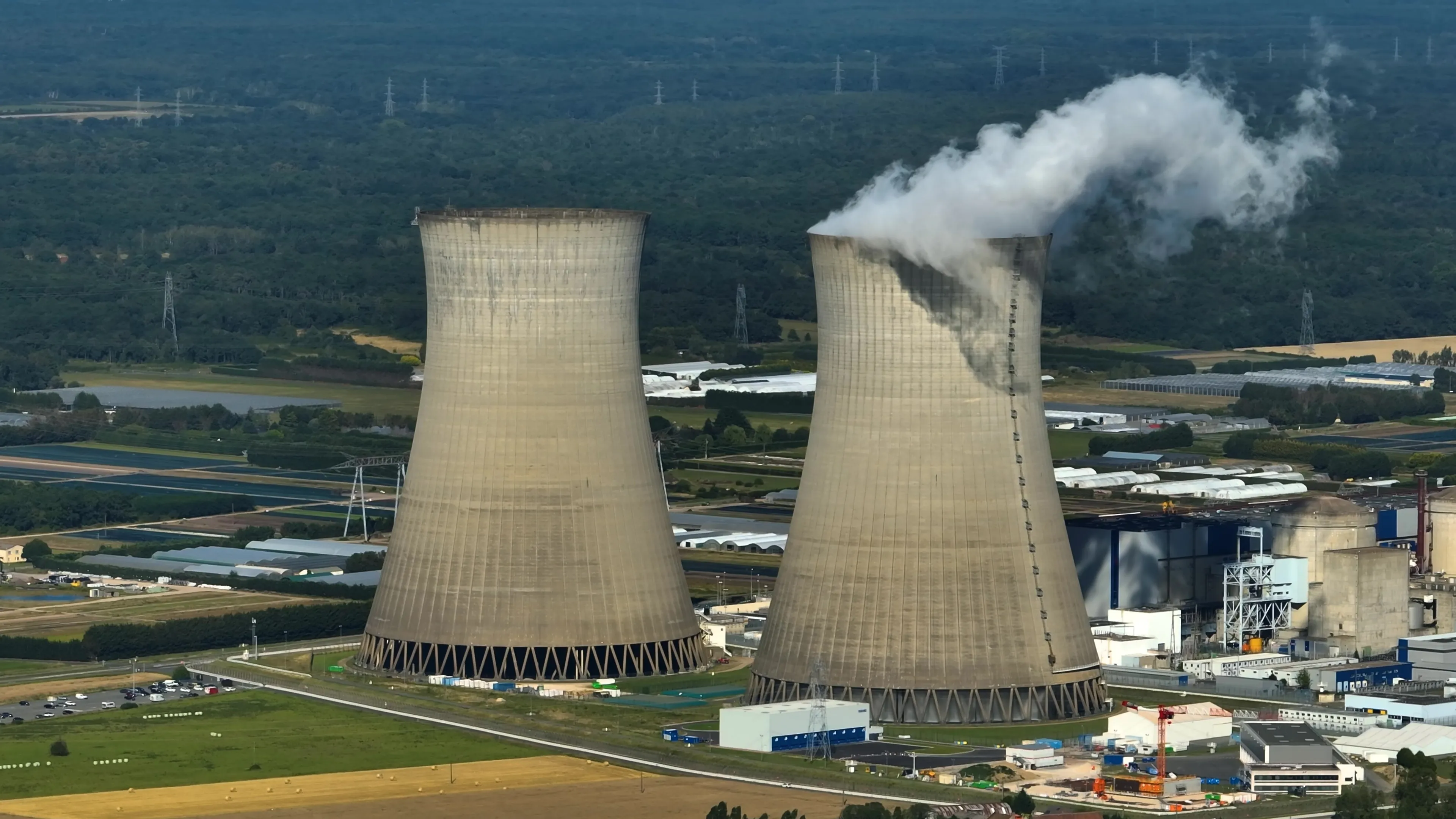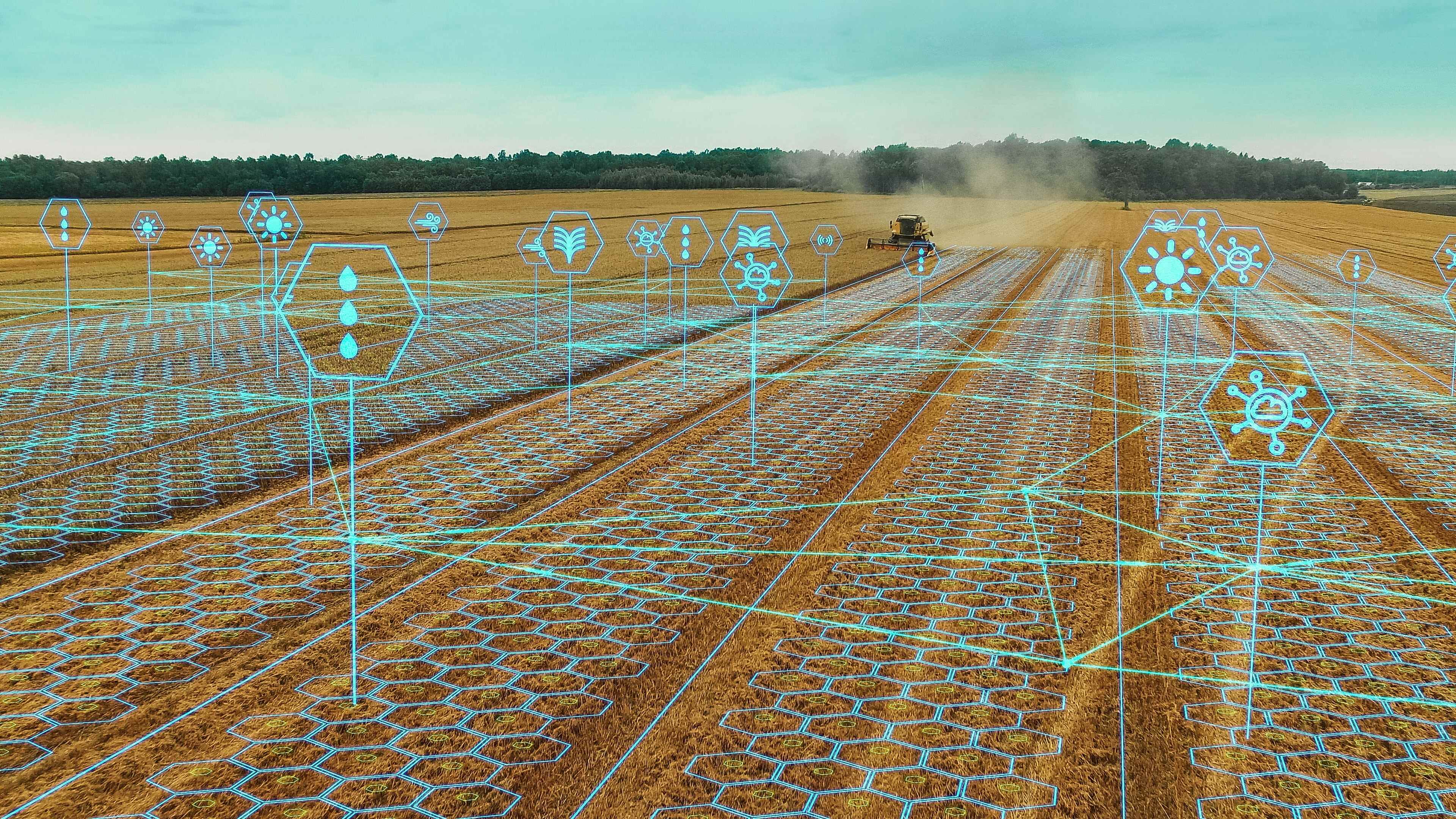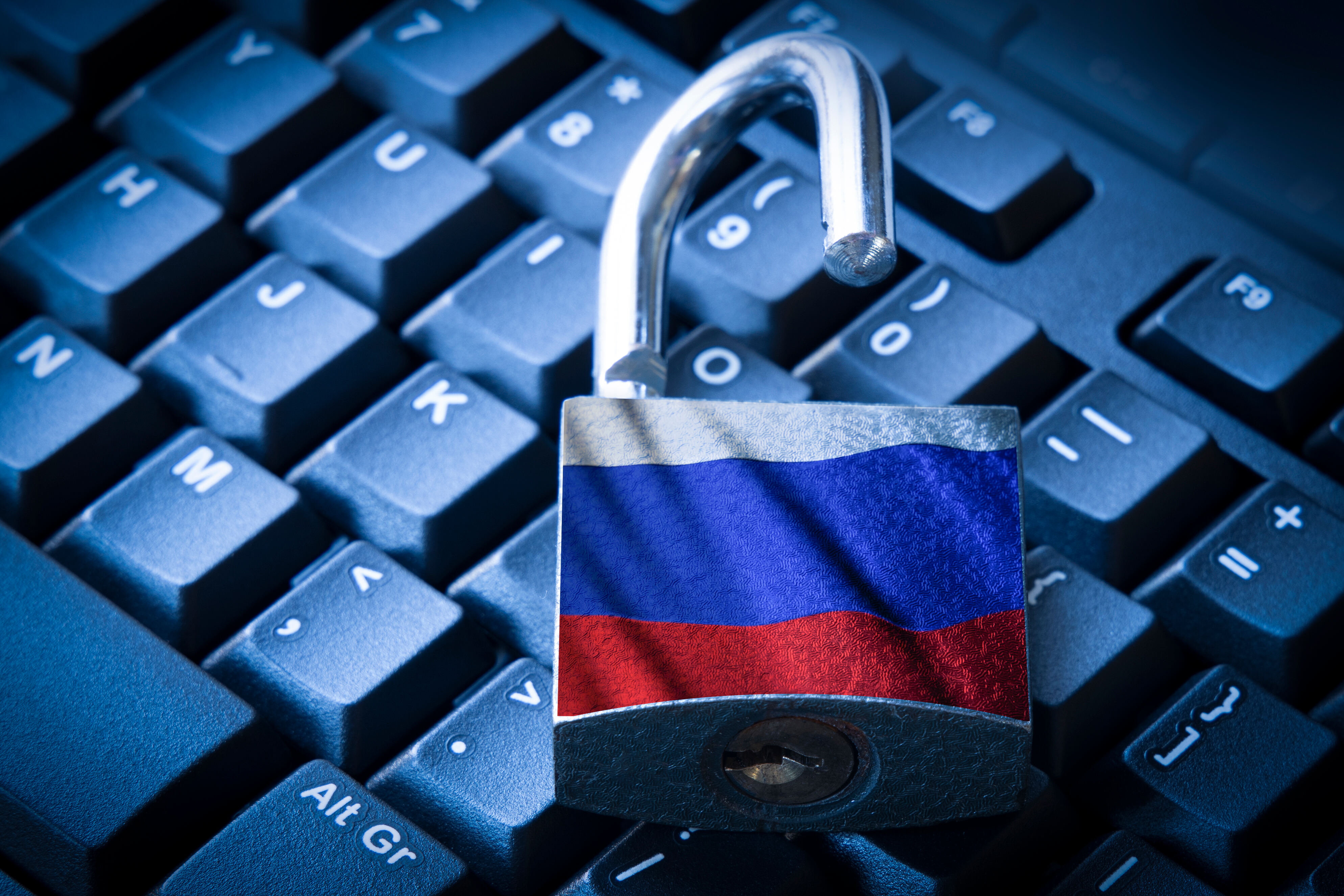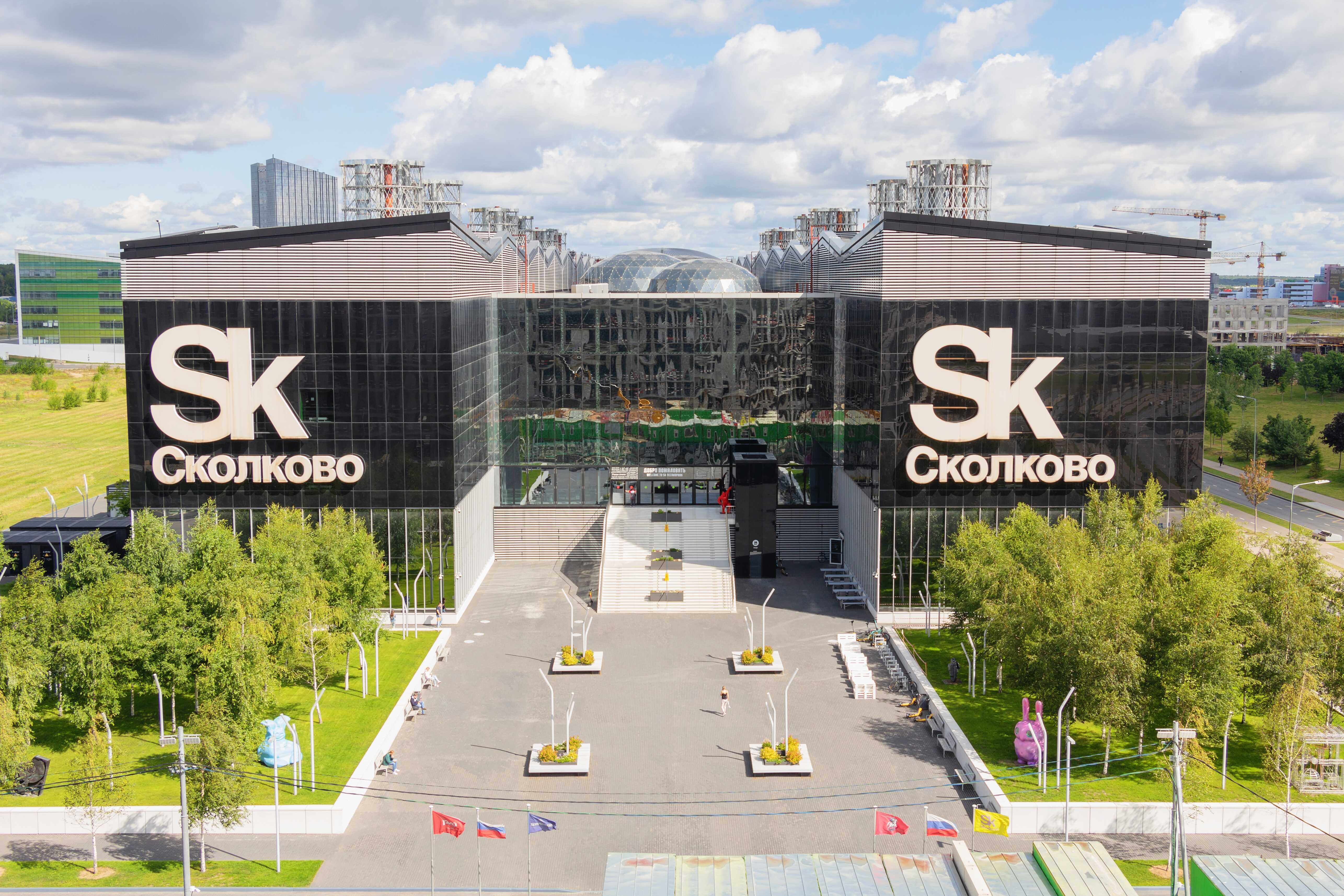Digital Grid Transformation: Russian Energy IT Solutions Expand into Africa and Asia

Amid global energy instability and rising modernization needs, Russia is advancing export-ready IT platforms for smart grids—targeting emerging markets with scalable, sovereign technologies that cut losses, predict failures, and enable grid resilience.
Smart Grid Integration, Not Replacement
Studies show that many countries across Africa and Asia experience grid losses of up to 20–30%, with infrastructure often outdated or beyond repair. Full grid replacement is rarely feasible, creating demand for incremental digital modernization. Russian IT systems are emerging as a key component in this shift.
Solutions such as Russia’s automated dispatch and monitoring systems, developed by Rosseti, allow real-time remote control of networks. These platforms have cut outage response times by up to 40% and reduced losses. AI-driven tools like Inter RAO’s smart metering platforms process sensor data to predict wear and prevent failures, reducing operational downtime and maintenance costs.
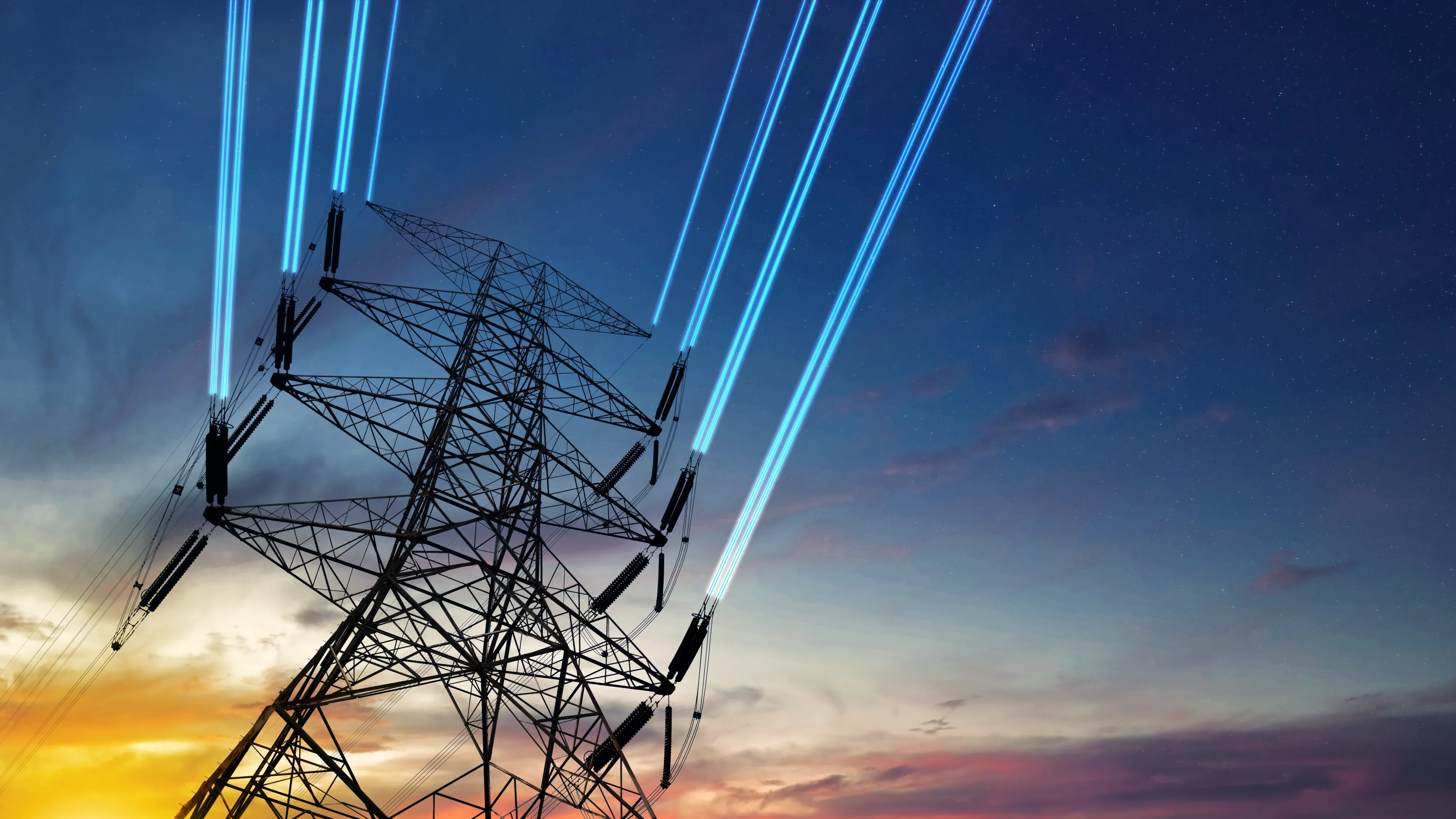
Nuclear and Digital Power Diplomacy
Beyond grid IT, Russia’s export strategy includes small- and large-scale nuclear development, which Western analysts—including the Financial Times—now refer to as a form of 'technological diplomacy.' As of 2022, over 600 million people in sub-Saharan Africa lack electricity access. With many countries seeking to diversify away from Chinese and Western dominance, Russian nuclear and digital solutions are gaining traction.
Rosatom is building Africa’s first large-scale nuclear plant—El Dabaa in Egypt—with a price tag of $30 billion. Agreements are in place with Mali, Burkina Faso, and Algeria. In Burkina Faso, where electrification is below 20%, Rosatom is planning long-term collaboration. NovaWind (Rosatom’s renewables arm) is deploying forecasting systems at the Sanakoroba solar farm in Mali, and Russia is also offering training and engineering exchange with Eskom in South Africa.

IT-Driven Grid Export Projects
Russia’s digital energy exports are coordinated through major public-sector players like Rosseti, Inter RAO, and Technopromexport (Rostec). These technologies are already part of key projects across Central and South Asia and Africa.
For instance, in CASA 1000—a regional interconnection transferring hydro surplus from Kyrgyzstan and Tajikistan to Afghanistan and Pakistan—Russian monitoring platforms are enabling real-time energy flow diagnostics. Such tools play a crucial role in grid stability and cross-border transparency.
These projects serve as anchor points for deploying Russian IT systems that integrate with diverse legacy infrastructure while advancing analytics, asset tracking, and predictive maintenance.
Strategic Backing and Market Outlook
The Russian government supports digital energy exports through initiatives by the Ministry of Industry and Trade and the Russian Export Center. New alliances, such as a planned 'Digital Solutions Export Consortium,' are under discussion. International events like Atomexpo, CIPR, and Russian Energy Week provide platforms for global outreach.
Sanctions have catalyzed Russia’s pivot to the Global South. Its energy IT is now a tool of 'soft power,' offering lower-cost modernization for developing countries. In 2022, Russia’s trade with Africa exceeded $18 billion, setting the stage for further high-tech expansion.
By 2030, digital technologies could make up 20% of Russia’s energy export portfolio—marking a shift from raw commodity provider to high-tech energy partner. These sovereign and adaptive IT systems reduce modernization costs by up to 30%, enabling partners to leapfrog infrastructure hurdles while positioning Russia as a long-term energy systems provider.


